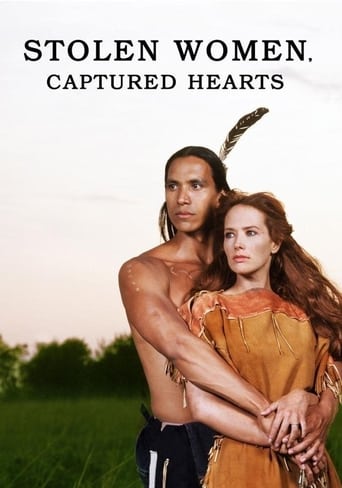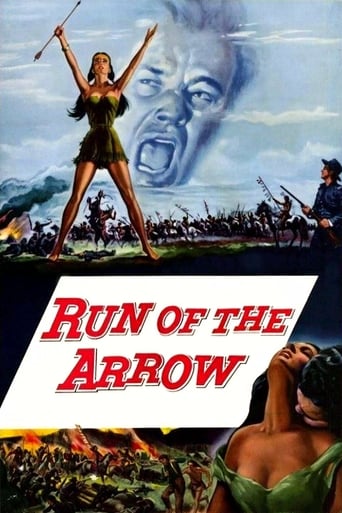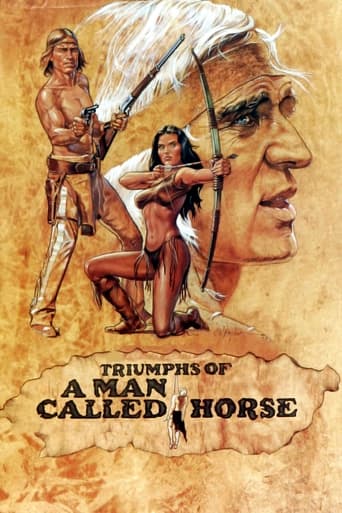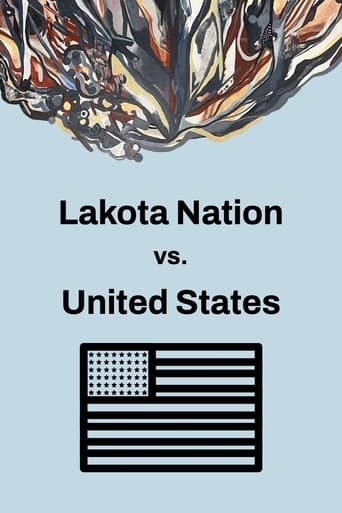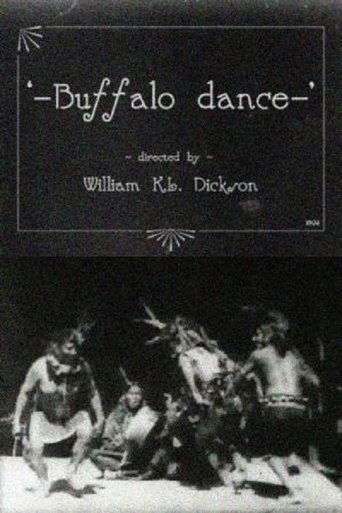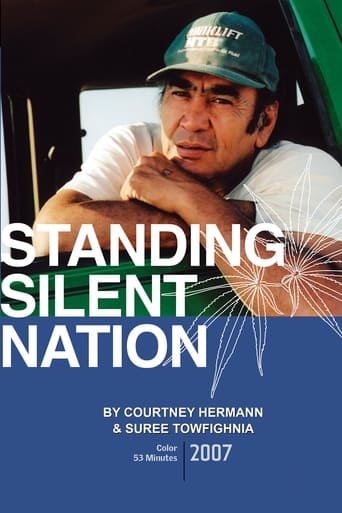Kansas, 1868. A wagon train is attacked by a band of Lakota Sioux led by the young and athletic warrior Tokalah. The attractive, red haired Anna Brewster-Morgan and her friend Sarah White are on this wagon train too. When Tokalah noticed a terrified Anna with a Bible, he thinks this is an omen. Despite killing the other passengers of the wagon train, only Anna and Sarah may continue their voyage. The next day Anna and Sarah are kidnapped by Tokalah. At first terrified of her captors, the unhappily married Anna eventually falls in love with the noble, honorable Tokalah. After a year's captivity, Sarah is returned to her own people. Anna now must choose between her new life with Tokalah and her previous existence as the wife of farmer Daniel Morgan.


